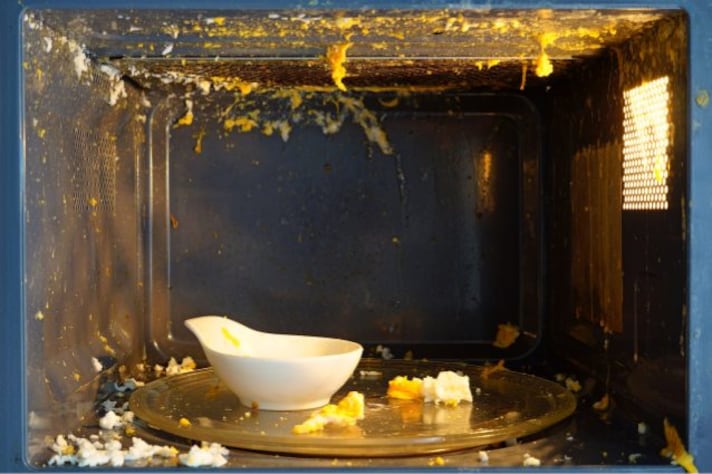Why You Should Never Microwave Eggs in Their Shells
Microwaving eggs in their shells is risky due to the potential for explosions caused by steam buildup, leading to messes and even injuries. Safer alternatives include using microwave-safe containers or egg cookers, ensuring a hassle-free and safe preparation of eggs.

Microwaving eggs in their shells might seem like a quick shortcut to a warm breakfast, but this practice is fraught with risks. The microwave, while convenient for heating many types of food, is not suited for eggs in their intact shells. This method can lead to explosive results, literally, making it a kitchen hazard best avoided. Let's dive into why this seemingly harmless act can turn breakfast time into a risky affair.
Why You Should Never Microwave Eggs in Their Shell
At the heart of the issue is the way microwaves heat food. Unlike conventional cooking methods that heat food from the outside in, microwaves penetrate food, causing water molecules to vibrate rapidly and generate heat. When eggs are cooked in their shells in the microwave, the water inside the egg heats up and turns into steam. Since the steam cannot escape the intact shell, pressure builds up. Here are the risks of microwaving eggs in their shells:
- Risk of Explosion: This trapped steam leads to a significant risk—the egg can explode. The explosion might occur within the microwave, creating a loud noise and leaving behind a mess of egg to clean up. But more concerning is the possibility of the egg exploding after being removed from the microwave, when it's being handled or even after it's placed on a plate, which can be both surprising and unsafe.
- Risk of Burns and Injury: The primary safety concern with microwaving eggs in their shells is the potential for burns. If an egg explodes after being taken out of the microwave, it can project hot egg and shell fragments, posing a risk of burns to the skin. Injuries can include burns to the hands and face, and in some cases, the eyes, highlighting the danger of this practice.

Alternatives to Microwaving Eggs in Shells
While some might suggest piercing the eggshell before microwaving to allow steam to escape, this method does not guarantee safety and can still lead to explosions. Instead, consider safer alternatives: beat eggs and place them in a microwave-safe container for a scrambled version or invest in a microwave egg cooker designed to safely steam eggs without the shell. These methods ensure even cooking and significantly reduce the risk of accidents.
;Resize,width=767;)

;Resize,width=712;)
;Resize,width=712;)
